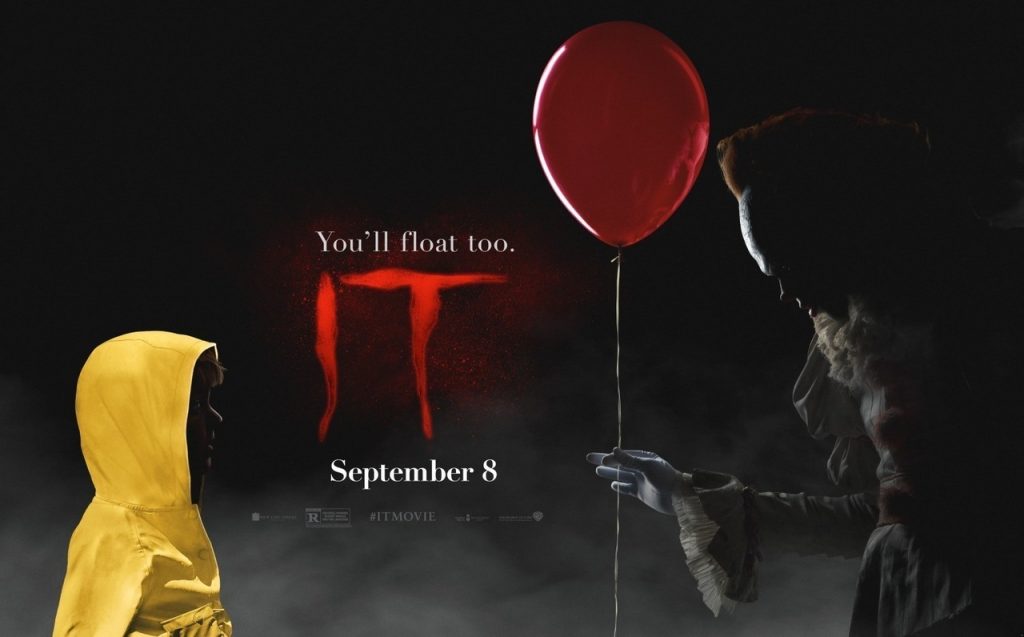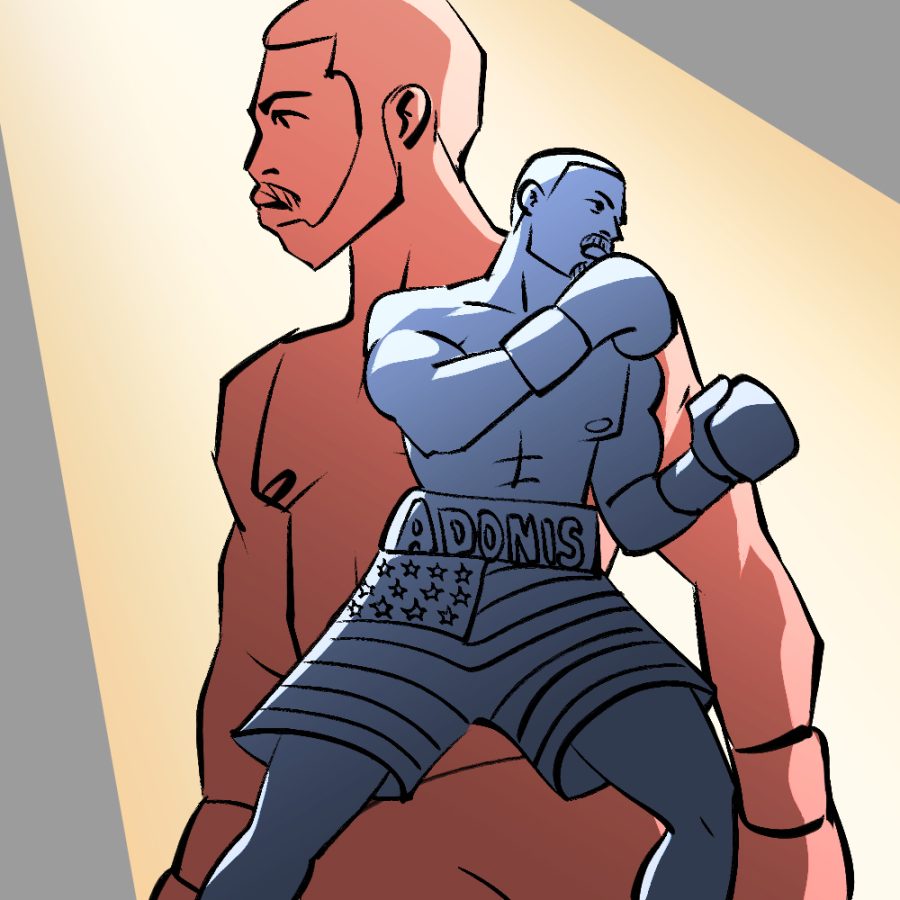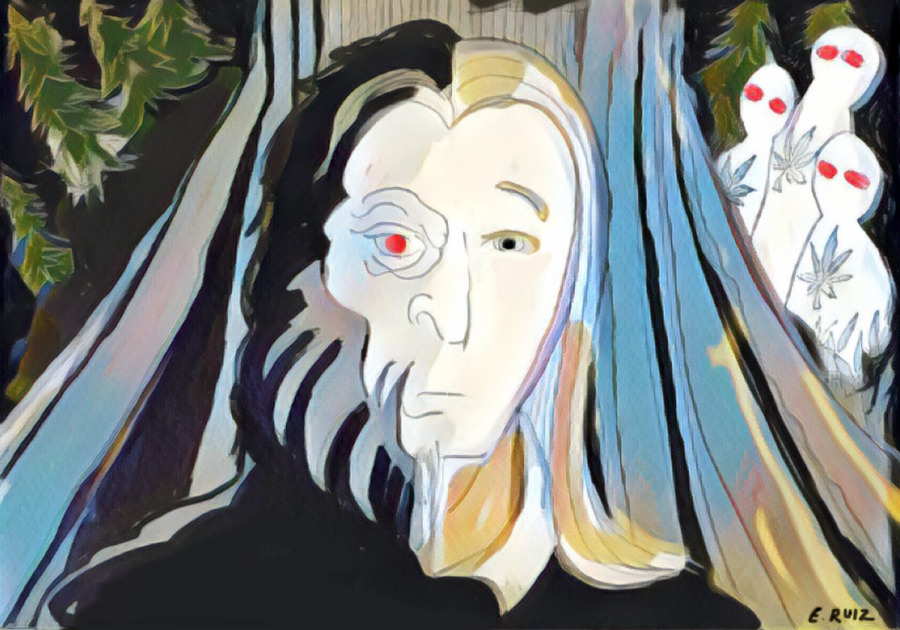By Monica Mitrovic
Copy Editor/Editorial Proofreader

“It” chronicles a coming-of-age story filled with youth romance and comedy, its light-hearted scenes are eclipsed by dark elements – death, grief, racism and sexism. The film is darker than a typical horror film, with less horror, more tragedy and with a slice of life on the side. The film, directed by Andy Muschietti and released into theaters Sept. 8, astounds audiences worldwide with its beautiful cinematography, mesmerizing music and brilliant cast.
Based on Stephen King’s 1986 novel of the same name, “It” analyzes the struggle of social pariahs to feel accepted and overcome their fears. “But if the story glorifies the outsider nature of these kids, it ironically underplays the minorities within the group,” according to Mic. The horror film relies on jump scares, which are overshadowed by tragic backstories and talented child actors who bring real horrors to life.
The film follows a group of misfit children, known as the Losers Club, in 1989 in the small town of Derry, Maine, where children and adults mysteriously vanish. When the Losers – Bill, Richie, Stan and Eddie – are let out for summer vacation, Bill decides to investigate his younger brother, Georgie’s, disappearance in the sewers after Georgie fell down a storm drain.
Ben, Beverly and Mike later join the four when the Losers Club officially forms. During their investigation, the Losers are targeted by Pennywise the Dancing Clown, also referred to as It, the sinister being responsible for the disappearances. Pennywise attacks the Losers, fracturing the group until a kidnapping tests their friendships and mettle as they confront him in a final showdown.
The young cast breathes life into a choppy screenplay, increasing the film’s horror with their innocence. However, they’re not completely innocent. They provide comedic relief with juvenile jokes to offset eerie scenes. The young actors deliver compelling performances that hijack screens and depict a gripping tale of the journey from childhood to adolescence.
While creepy, Bill Skarsgård’s portrayal of Pennywise fails to match Tim Curry’s portrayal of Pennywise in the ’90s miniseries adaptation of King’s novel. While Curry’s appearance is not as spooky as Skarsgård’s character, Curry’s acting transcends the evil, scale and his character has become iconic in the horror genre. Skarsgård’s character falls flat in comparison. Although, Skarsgård deserves commendation for how well his expert body movement and minute facial expressions translate Pennywise’s sinister intent.
Cinematographer Chung Chung-hoon also deserves praise for the film’s striking visuals. During scenes in which Pennywise antagonizes the Losers individually, overall shots emphasize their terror and desperation to flee. “It” sticks to a primary colors palette during scenes significant to the plot, enhancing their overall beauty and meaning, despite the minimalistic colors. Chung-hoon also sticks to classic ’80s horror gore shots.
The film’s score, composed by Benjamin Wallfisch, contributes to the terror both and leading up to jump scares. Wallfisch provides a daunting soundtrack full of shocking suspense. The music before jump scares eerily shares the same nerve-racking quality of music by renowned film composer Hans Zimmer, strengthening audiences’ shock.
But “It” flops after all that in regards to being an epic horror film.
According to Forbes, “There is symbolism in how the town bullies and the kids’ real-world problems are scarier than the killer clown, but that’s a problem when so much of ‘It’ concerns the kids being stalked by the clown.”
That’s not the only problem.
“It” implicates that real life is scarier with the film’s overlooked sexism and racism. Beverly (Sophia Lillis) battles inner demons, real demons and sexual abuse. When she joins the Losers as they prepare to cliff dive, she’s the first one to jump. She’s the only one brave enough.
Beverly is strong and valiant, but she is reduced to a sexual object for men and the Losers. Her storyline involves a cliché love triangle between Bill (Jaeden Lieberher), Ben (Jeremy Ray Taylor) and herself.
According to Vulture, “[Beverly] exists first and foremost as an object of [the Losers’] desire.” She’s used as a plot device and basic film trope.
She’s not the only one.
According to Forbes, the film’s screenplay changed canon novel details, such as Mike’s role as town historian, which was given to Ben. “Mike (Chosen Jacobs) is essentially ‘the black kid who barely speaks’ while Beverly is there to be romantic boy-bait, including a third act turn that shamelessly damsels her right after her big moment of agency,” according to Forbes.
But Mike is debatably the most important character, according to Mic. He is the Loser who stays behind in Derry and summons the Losers 27 years later for a final showdown against It. He stays committed to uncovering the town’s sordid past and is the only character willing to stick behind and deal with the gang’s collective ghosts, according to Mic. But Muschietti plans to have Mike be a librarian junkie in the sequel, according to Vulture.
“‘It’ shattered numerous records, including landing the biggest start ever for a horror pic and for a King adaptation,” according to The Hollywood Reporter. The film is a cinematic success with problematic content and has an 84 percent rating on Rotten Tomatoes as of Sept. 25.







